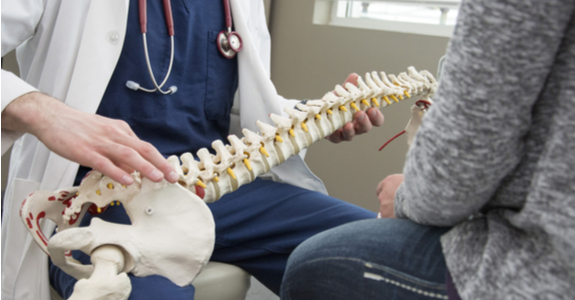1. Vis Medicatrix Naturae – The Healing Power of Nature
Recognize, respect and promote the healing power of nature inherent in each person. Within each of us is contained the ability to restore and maintain health. The physician facilitates this capacity by identifying and removing obstacles to recovery, and educating the patient to cooperate with the healing process.
2. Tolle Causum – Identify and Treat the Cause
Identify and remove the causes of illness, rather than eliminate or suppress symptoms. Every illness has a cause, and symptoms are expressions of the body’s attempt to heal. To suppress a symptom is to undermine the body’s process of healing. The physician must evaluate fundamental underlying causes which may occur at many levels including physical, emotional, mental and spiritual. By directing treatment at root causes, symptoms resolve in the natural course of healing.
3. Primum Non Nocere – First do no harm
Provide the most effective health care available with the least risk to patients at all times. Recognizing that illness is a purposeful process of the organism, therapeutic action should be complimentary to and synergistic with the healing process, supporting and not antagonizing the body’s ability to heal. Consequently, suppressing symptoms without removing the underlying causes, and without rebuilding weakened organs, is considered harmful and is to be avoided, or at very least, minimized.
4. Treat the Whole Person – The multifactorial nature of healing and disease
Treat each person by considering all individual health factors and influences. We are more than our bodies. We are sentient beings capable of self knowledge, and driven to know the how and why of our creation, and the truth of our Creator. We are relational beings, and live internally complex lives. Effective care, therefore,
requires a personalized and comprehensive approach to evaluating fundamental disease causes, assessing accurate diagnoses and understanding of the underlying pathologies, and establishing appropriate treatment protocols to bring about true healing.
5. Docere – Doctor as Teacher
Educate, inspire rational hope and encourage self-responsibility for health. Through the model of a healthy, sensitive, interpersonal and cooperative doctor-patient relationship, the physician may catalyze and motivate effective change in lifestyle and adaptive habits. Yet the physician is first and always the student of health and of life, expecting nothing more from the patient than from him or herself. Congruence is the greater teacher, and the words spoken from a compassionate and equally committed heart to one’s own healing, caries power and conviction – “physician, heal thyself.”
6. Health Promotion – The Best Prevention
Emphasize the condition of health to promote well-being and to prevent diseases for the individual, each community and our world. The physician is concerned not only with recovery from disease, but equally with maintenance of health and development of ever increasing states of wellness. The simple dictum: “an ounce of prevention is worth a pound of cure,” speaks volumes. It is far easier to maintain health than to regain it. Life is about quality, and the healthier we are, the higher the quality of our relationships, our work, our giving, and our witness of our true purpose and reason for being.




